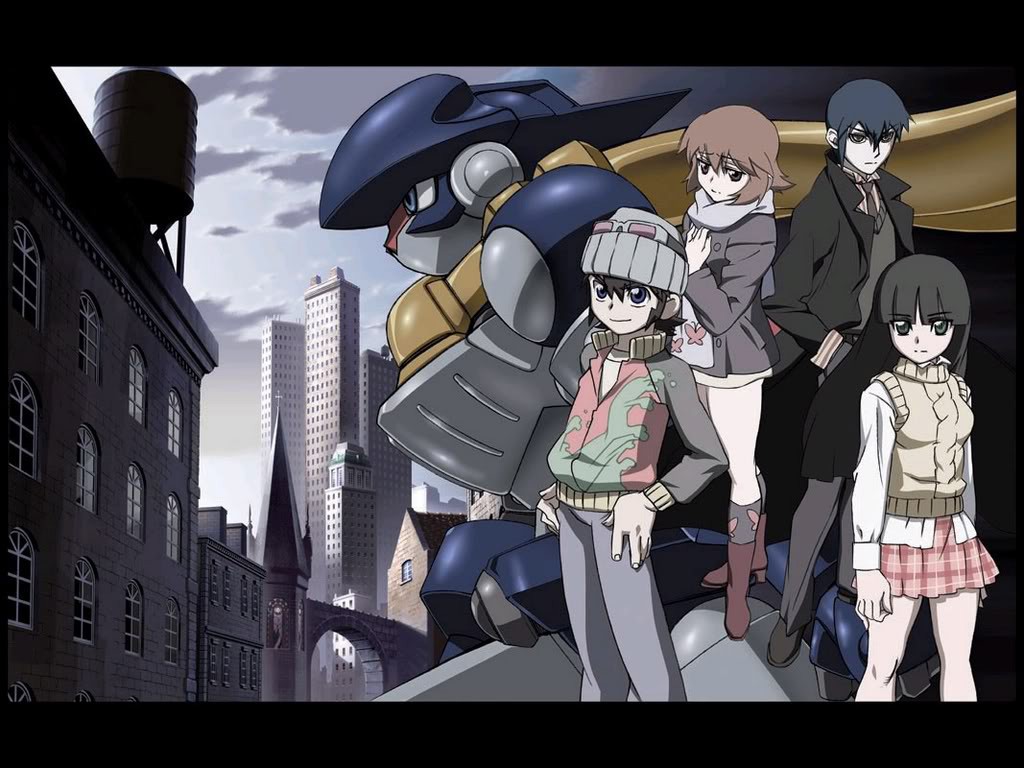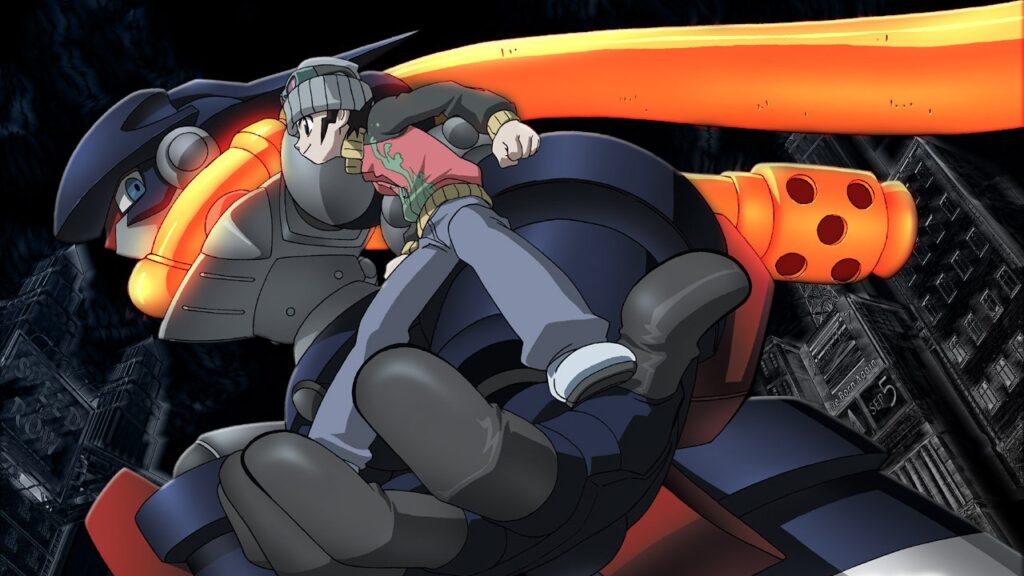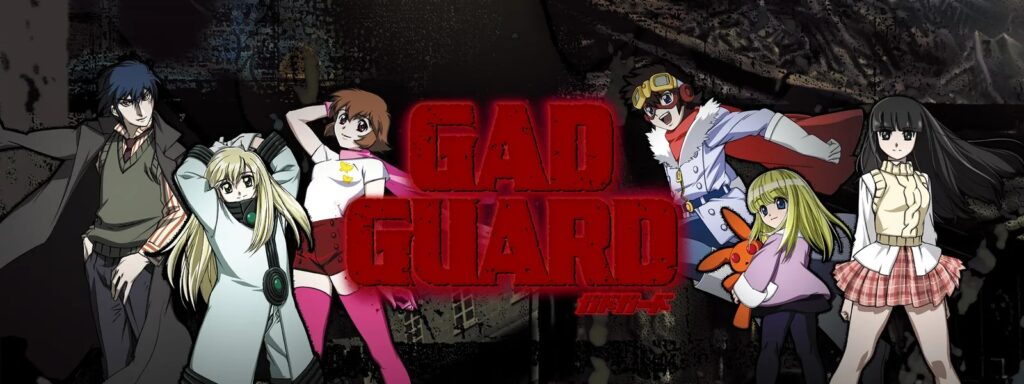
Series Recommendation: Gad Guard
Come, Lightning!
One of the hidden gems of early 2000s mecha – the golden age of giant robots, Gad Guard completely went under the radar despite it being a really unique, sometimes downright eccentric show with very steampunk theme – something that was all the rage back then. With a very impressive staff list, Gad Guard managed to stay under the radar for so long that it’s time to dig it up.
Gad Guard is set in a post-apocalyptic world, although not as bleak as other sci-fi series. Humans have exhausted the Earth, and the world was divided into segments called “Units” (basically the size of a city). The story follows young Hajiki Sanada, who lived with his sister and mother in Unit 74, which is basically a slump. He took on work as a delivery boy to earn money to one day buy back his old house in a more glamourous Unit. And then, he accidentally stumbled across a GAD on his job: a mysterious metal object that somehow turned into a giant Robot. With the meeting of Hajiki and Lightning (he gave the robot the name), doors to even darker society that lay underneath the already dark town of “Night Town” begin to open, introducing him to more dangerous jobs, as well as other GAD users.
+ Plot: Gad Guard possess a very steampunk, Big-O sort of feel, or you can relate it to Steam Detective as well. A poverty-stricken town, a youngster aspire to return to a comfortable life while protecting his family while searching for the truth about his father, the criminals that run rampant underneath the town that electricity doesn’t reach at night. That’s a very potentially exciting setting.
The characters are likeable and have their own modus Operandi. Although most of them are teens, they possess complicated issues and great power that they couldn’t wield properly. Gad Guard details the growth and interaction of a band of misfits and the clashes of young ideologies that may rivals the complex issues that social adults have. The show doesn’t hesitate to make you feel frustrated by laying bare the extremes of humanities, but also deliver the most heart-warming moment that we can empathize with. The recklessness of youth, the bleak world of strong-vs-weak, the inhuman-yet-human Tekkoudos, all weave together to tell an amazing adventure of a young boy to become a man.
+ Plot: Gad Guard possess a very steampunk, Big-O sort of feel, or you can relate it to Steam Detective as well. A poverty-stricken town, a youngster aspire to return to a comfortable life while protecting his family while searching for the truth about his father, the criminals that run rampant underneath the town that electricity doesn’t reach at night. That’s a very potentially exciting setting.
The characters are likeable and have their own modus Operandi. Although most of them are teens, they possess complicated issues and great power that they couldn’t wield properly. Gad Guard details the growth and interaction of a band of misfits and the clashes of young ideologies that may rivals the complex issues that social adults have. The show doesn’t hesitate to make you feel frustrated by laying bare the extremes of humanities, but also deliver the most heart-warming moment that we can empathize with. The recklessness of youth, the bleak world of strong-vs-weak, the inhuman-yet-human Tekkoudos, all weave together to tell an amazing adventure of a young boy to become a man.
+ Animation: Gonzo and Amber Film tagteamed on this one, but I think Gonzo did most of the work. Since the animation style is very similar to how Gonzo did early 2000s animes. The mechs move true to their nature: an amalgamation of metal and human will. Clunky at times but incredibly fast at others, the mechs reflect their master’s intention very well.
There are plenty of Sakuga moments in the show where it’s just pure steampunk high-speed action, while others are emotional and play like a slow burn. Gad Guard animation isn’t perfect 100% of the time, but the show makes it worthwhile with extremely consistent quality and sudden burst of top-tier animation.
+ Mecha Design: Yoshitsune Izuna came up with the concept and design of the Techode (Tekkoudo), and other mechanics designs were by Toshiharu Murata and Yoshikazu Miyao. And one of their names should be very familiar with Gainax fans: yes, it’s Izuna – the designer of Diebuster’s machines. That is why the lead machine looks extremely similar to Dix-Neuf before he went all Banchou style. The other Techode are highly eccentric and specialized, which is reminiscent of the Buster Machines, just that they are much smaller and served very different purposes. The Techode designs are very diverse and acts as a mirror to each characters’ feeling and resolve. Hence you will see a lot of interesting designs.
There are plenty of Sakuga moments in the show where it’s just pure steampunk high-speed action, while others are emotional and play like a slow burn. Gad Guard animation isn’t perfect 100% of the time, but the show makes it worthwhile with extremely consistent quality and sudden burst of top-tier animation.
+ Mecha Design: Yoshitsune Izuna came up with the concept and design of the Techode (Tekkoudo), and other mechanics designs were by Toshiharu Murata and Yoshikazu Miyao. And one of their names should be very familiar with Gainax fans: yes, it’s Izuna – the designer of Diebuster’s machines. That is why the lead machine looks extremely similar to Dix-Neuf before he went all Banchou style. The other Techode are highly eccentric and specialized, which is reminiscent of the Buster Machines, just that they are much smaller and served very different purposes. The Techode designs are very diverse and acts as a mirror to each characters’ feeling and resolve. Hence you will see a lot of interesting designs.
+ Music: Actually, the BEST part of the anime. Composed by the legendary Kohei Tanaka, Gad Guard soundtracks are atmospheric, catchy, and paint over the scenes to enrich their aesthetic even more. It’s like a wonderful combo when you have a crispy bun, fresh lettuce, juicy tomato and crunchy onion covering the fragrant, rich beef patty inside a burger. It just works so well with everything else. The jazzy tune combined with the tone and artstyle makes it both modern and classic at the same time, which depicts the world setting well: hundreds of years of stagnation, a futuristic world that was left in the past.
+ Conclusion: Overall, Gad Guard can be said to be a spiritual successor to Big O. As Big O ended in March 2003, Gad Guard started airing in April of the same year. The aesthetics are very similar, but in contrast to Big-O noir and adult-like theme, Gad Guard painted a colorful tone over a bleak setting and is filled with youth and all its coming-of-age elements. The characters are well-written with their own naïve struggles, the animation are badass and awesome, the music is simply top-tier, Gad Guard is an anime that is worth checking out!
+ Conclusion: Overall, Gad Guard can be said to be a spiritual successor to Big O. As Big O ended in March 2003, Gad Guard started airing in April of the same year. The aesthetics are very similar, but in contrast to Big-O noir and adult-like theme, Gad Guard painted a colorful tone over a bleak setting and is filled with youth and all its coming-of-age elements. The characters are well-written with their own naïve struggles, the animation are badass and awesome, the music is simply top-tier, Gad Guard is an anime that is worth checking out!
Check out more recommendations:

A love story that spans through 12000 years. The war between Angels and humans fueled by passionate emotions. Shoji Kawamori shows us why he’s the master of the sky.
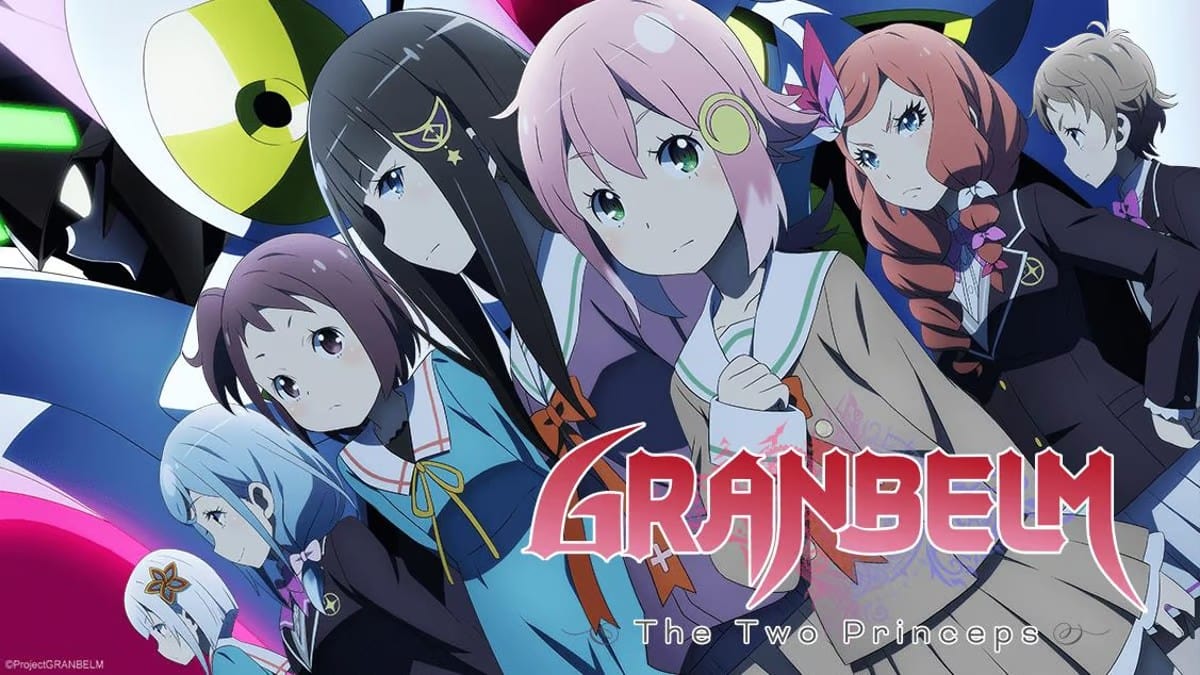
What happens if we mix Mahou Shoujo, Mecha and Battle Royale into one? We get Granbelm – an emotional story about the lives of young girls entangled in an ancient war.
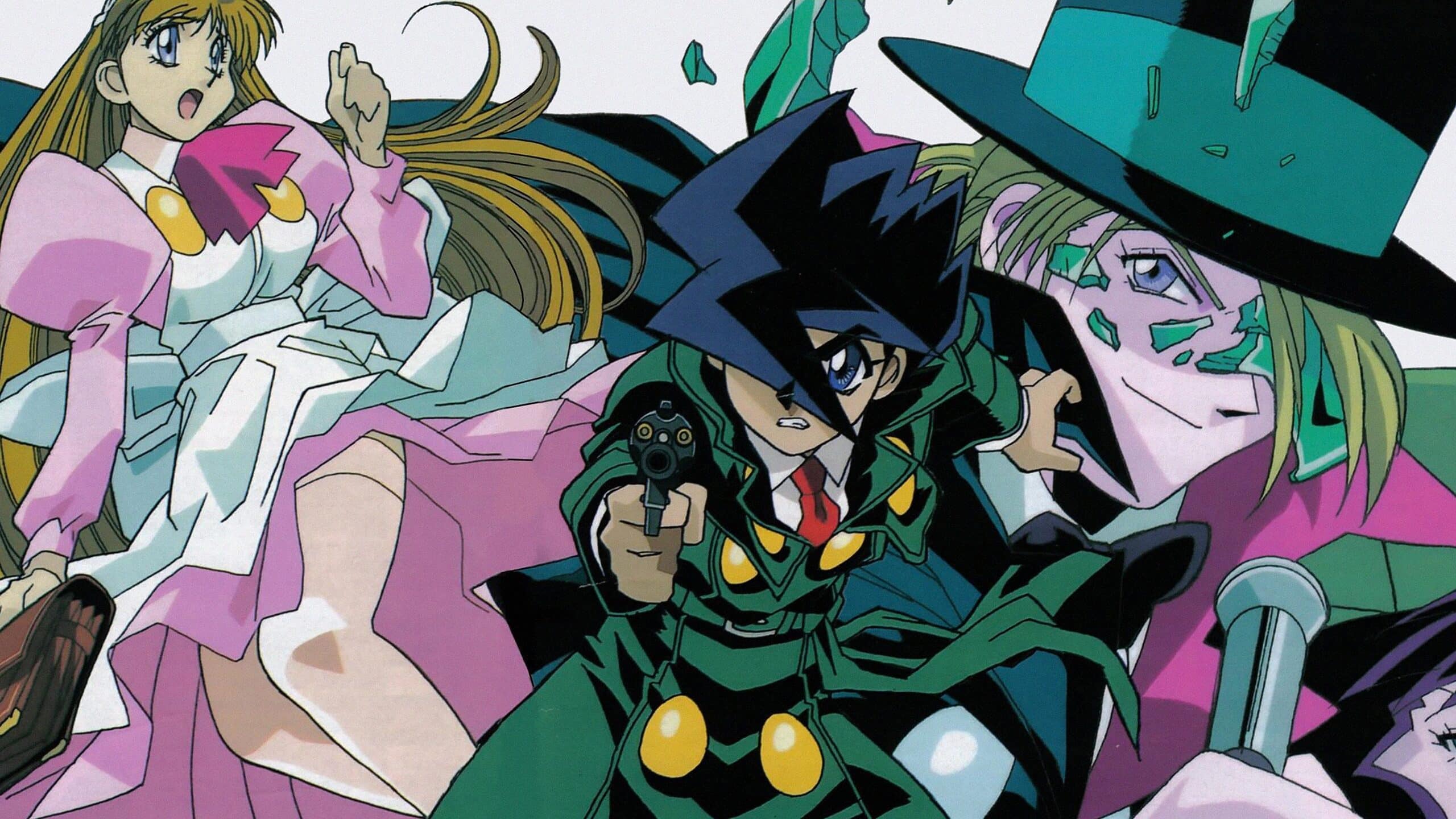
In the city of smoke and steam, a young kid works as a detective alongside his nurse and butler to protect the peace. An old classic for fans of the steampunk style.

The 2nd season of the lovely Mass-Produced Riko series. Join Riko and co as they embark on an all new venture, while drawing interesting lesson from building plastic models.

The long-awaited continuation of the mecha isekai of pain. Season 2 of Muv-Luv Alternative is definitely trying to woo you by slamming intense scenes at you – but is it worth it?

One of the most difficult to adapt Mecha series, Muv-Luv Alternative anime started off with a questionable season, but you should still check it out.

A remake of another Tatsunoko hero. The Space Knight returns with a completely new story, design and brings us on an emotional journey of a tragic hero.
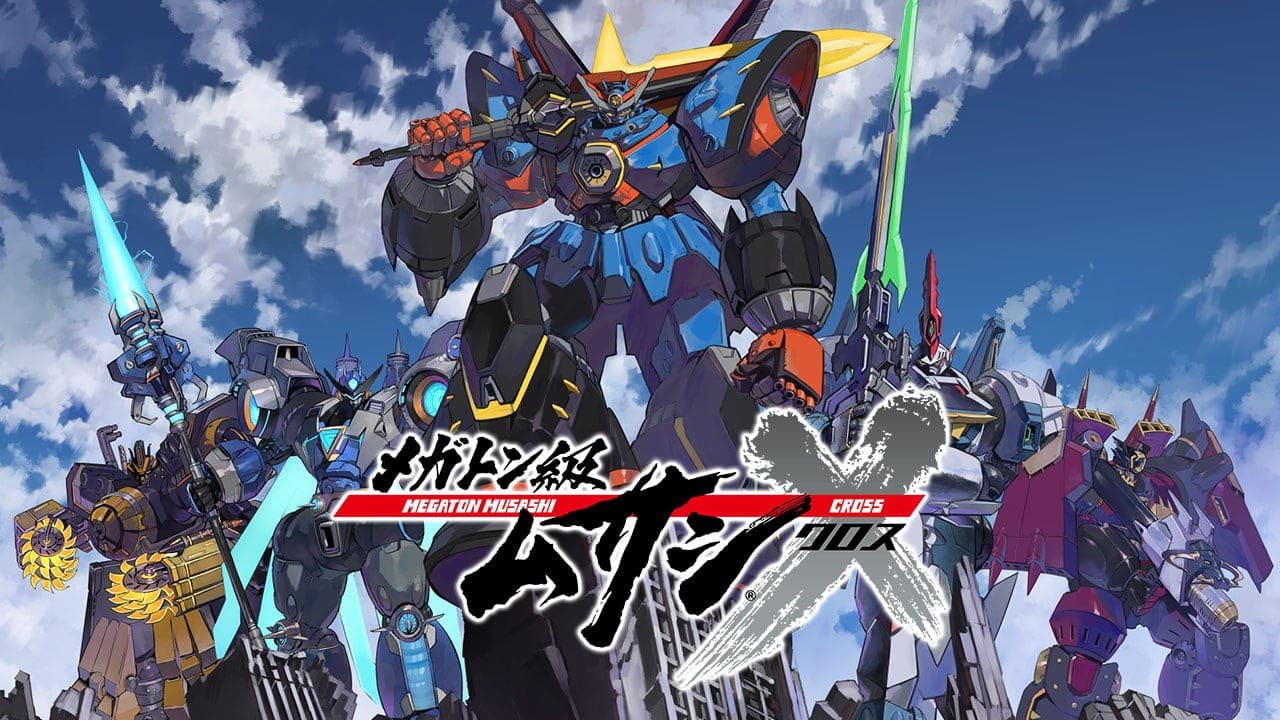
The continuation of the hot-blooded saga, this time filled with emotional drama and even more badass action. A great video game adaptation but not without flaws.
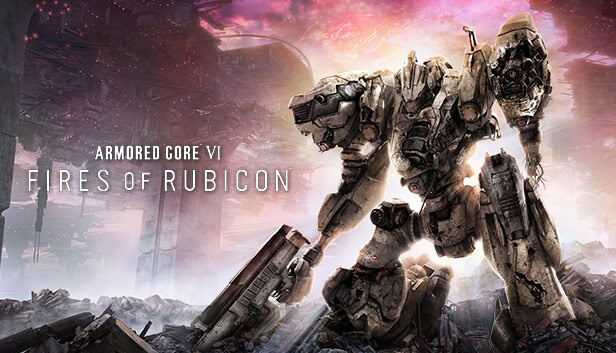
The long awaited legend’s return that satisfy all mecha fan’s longing for a good game. Armored Core 6: Fires of Rubicon is an experience you have to play to believe.
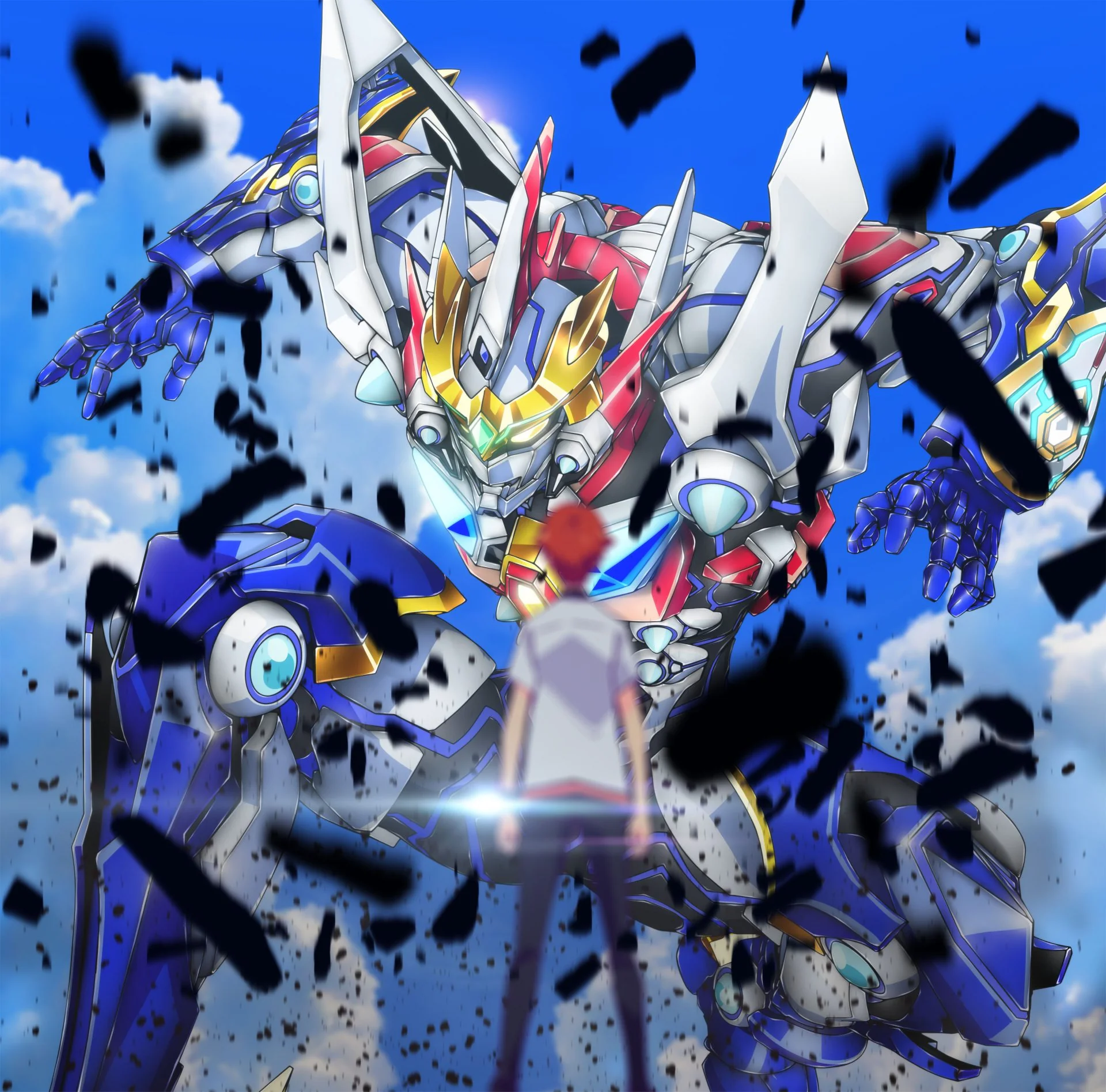
Universes collide as the cast of Gridman and Dynazenon is caught in a dimensional anomaly. But what’s more troubled is Yuuta – who has to become Gridman again with a troubled heart.
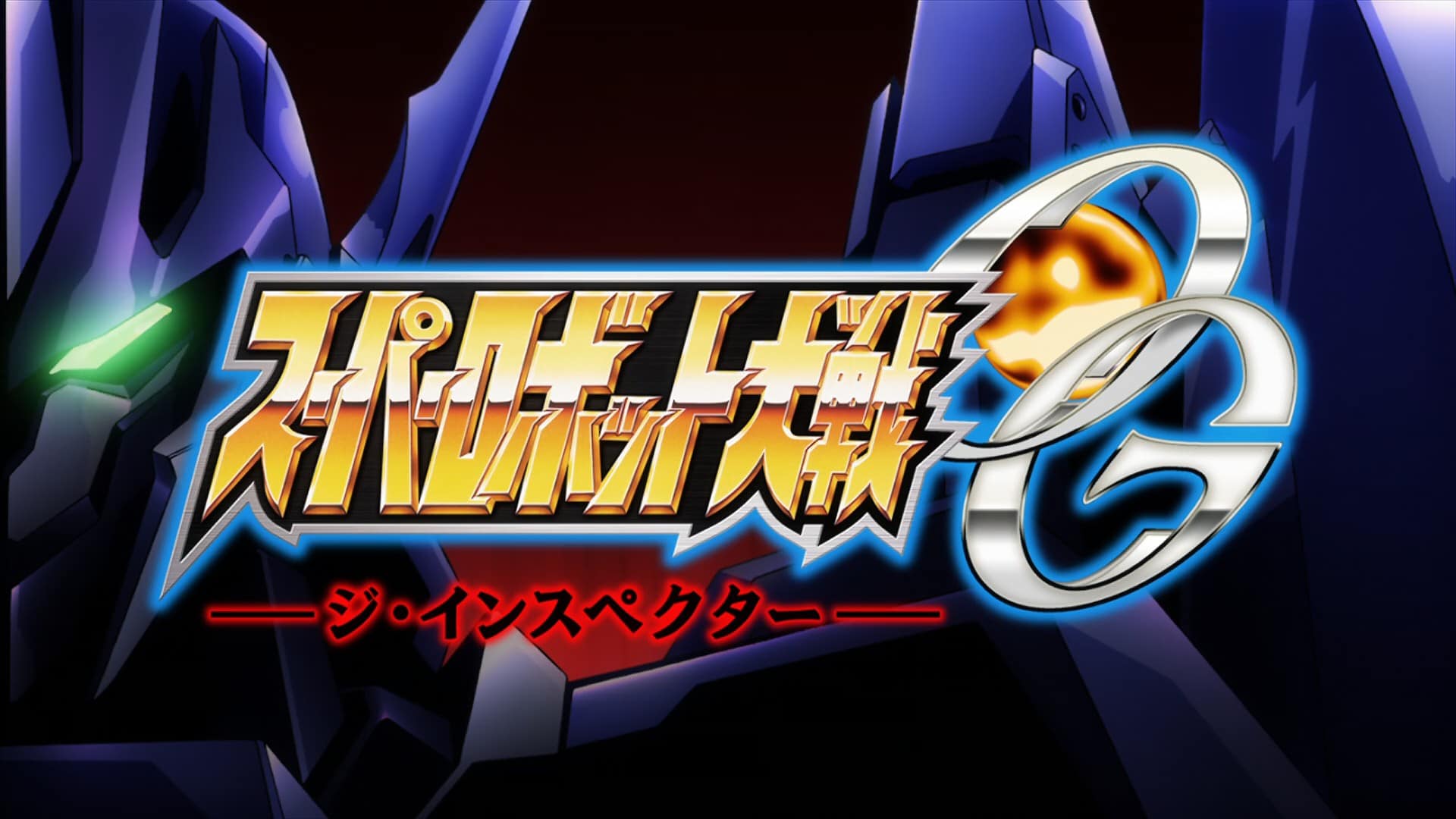
When you talk about the most badass mecha, you have to mention SRW OG and Masami Obari. And when these two combine, you get the best SRW anime of all time.
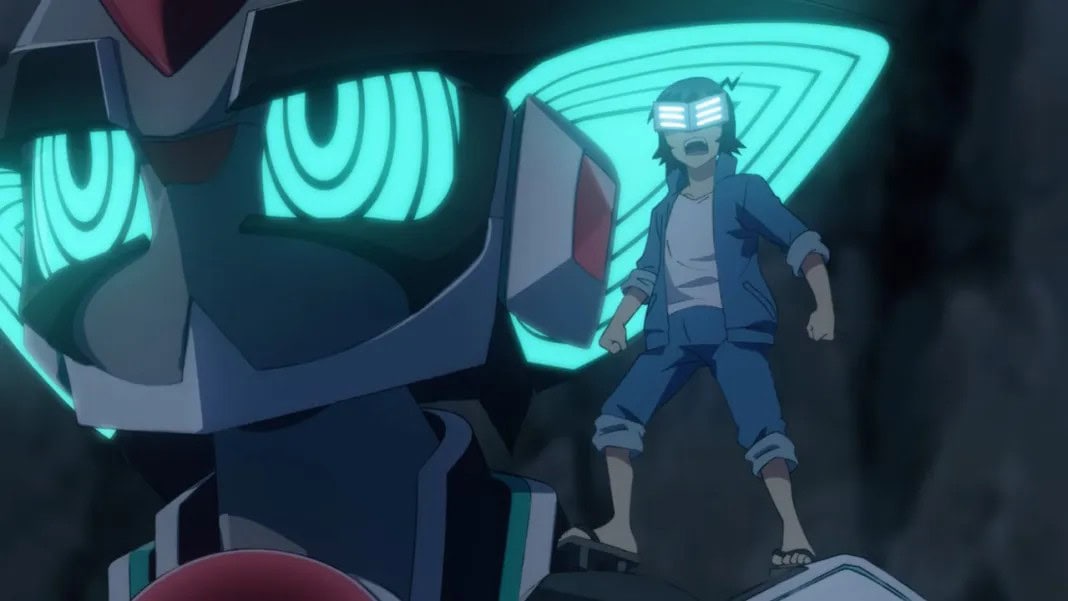
A unique series where the true pacifism versus justice. A bold premise and interesting gimmick make Planet With a very selective series in terms of audience – but it definitely deserves a chance.
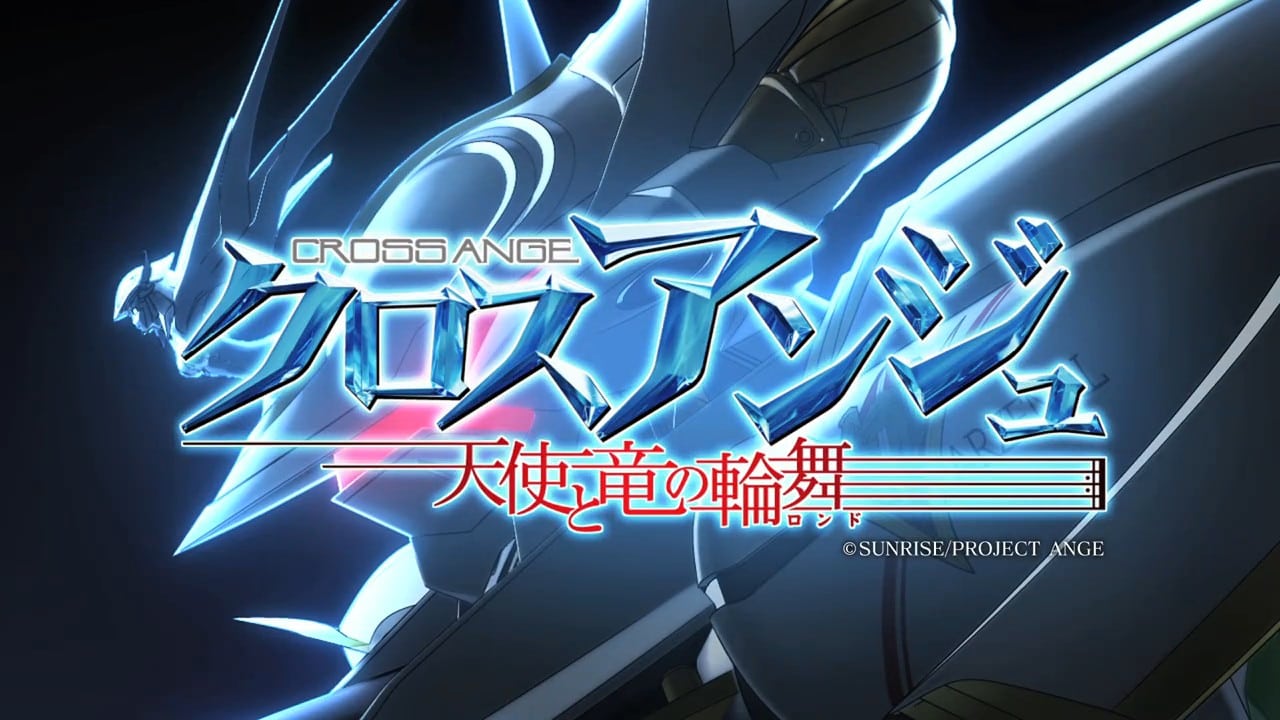
From the studio that created Buddy Complex and Valvrave, Cross Ange is another Sunrise’s original that challenges the limit of its audience once more .
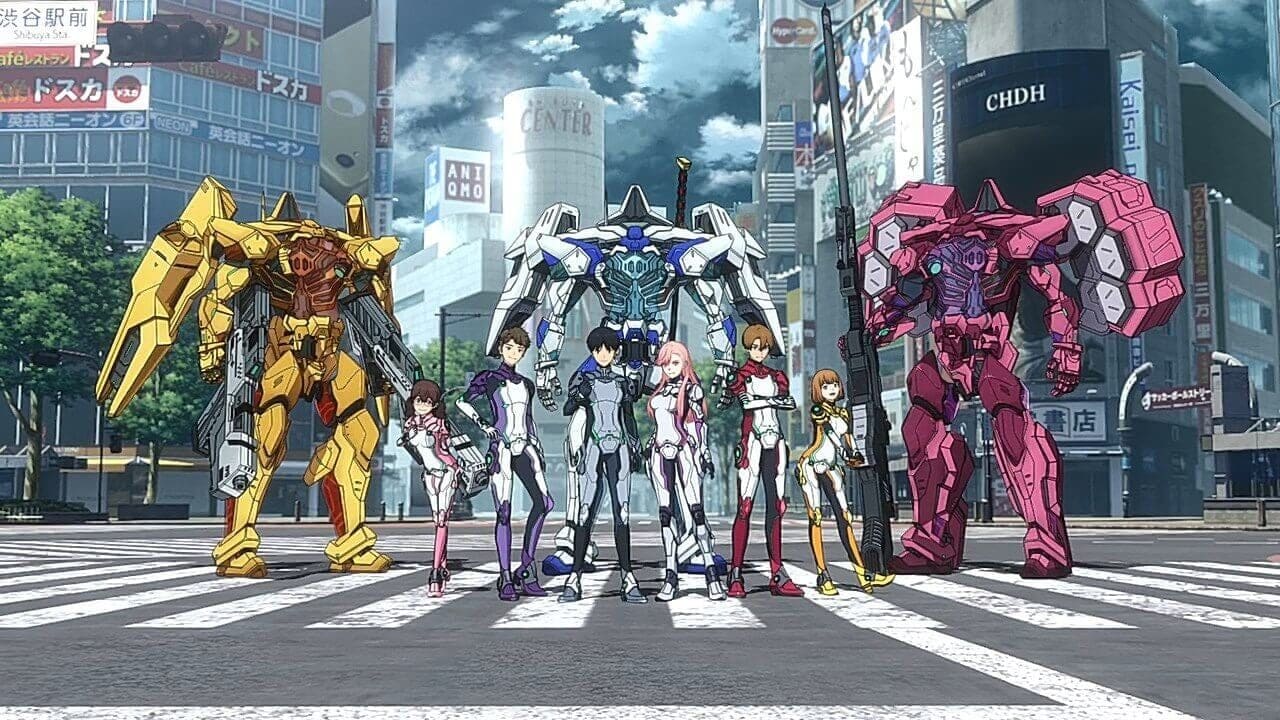
What will you do if you’re teleported to a time with giant grotesque monsters? For teenage student Daisuke Doujima, it’s a perfect chance for him to become a hero, and a saviour. But can he?
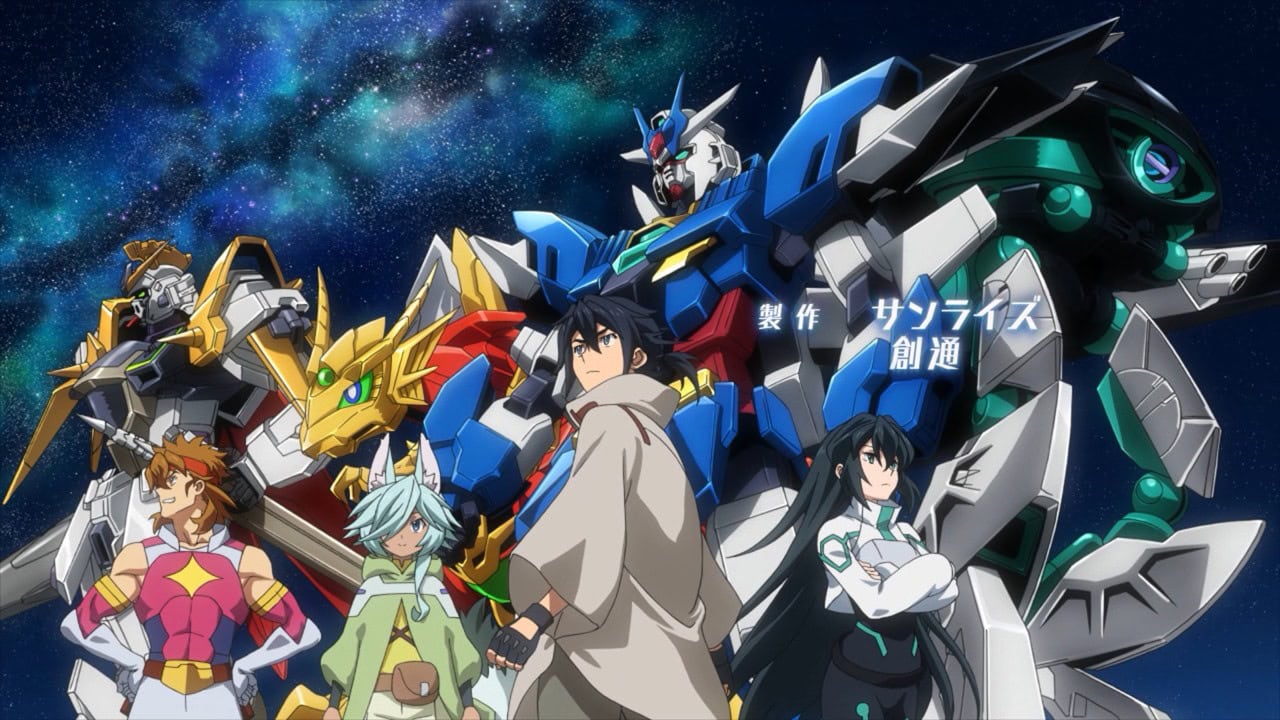
After 2 lukewarm series, Gundam Build rose to form again with Re:Rise. A story with deep characterization for a diverse and likeable cast and awesome Obari action.

Time to go digital! Build series is going full SAO and virtual with Build Divers – a light-hearted series and fun to enjoy without the need to complicate things.

Following GBF, Sunrise wanted to capture the magic with TRY. However, they fell just short of greatness but still create a series with amazing Gunpla battles.

A hobby turned combat sport. Sunrise’s effort to attract new fans turned into a compelling series with gorgeous battles featuring iconic MS from the franchise.

The first animated Build series, Beginning G opened up new venues and excitement for the hobby, with light-hearted yet intense traditional MS battle.

Do you want a Gundam series with a brighter tone but still has banger battles? Then Metal Armor Dragonar is a perfect series for you!

A series about building regular model kit, and using them to find inspiration in life. A very uplifting and chill series for mecha fans to change their perspective on their hobby.

The sequel to SEED – a series that brought Gundam on top of the radar. Destiny is a sequel that earned both the intense love and hate within the fandoms.

An anime adaptation of a sci-fi novel with the same name, Yakitori really stir up the scene with its unusual storytelling and animation style. However, the characters really hold the series up.

A Fafner novel written by Tow Ubutaka – the person who understand Fafner the most. Explore Kazuki’s POV and his relationship in a way you’ve never seen before.
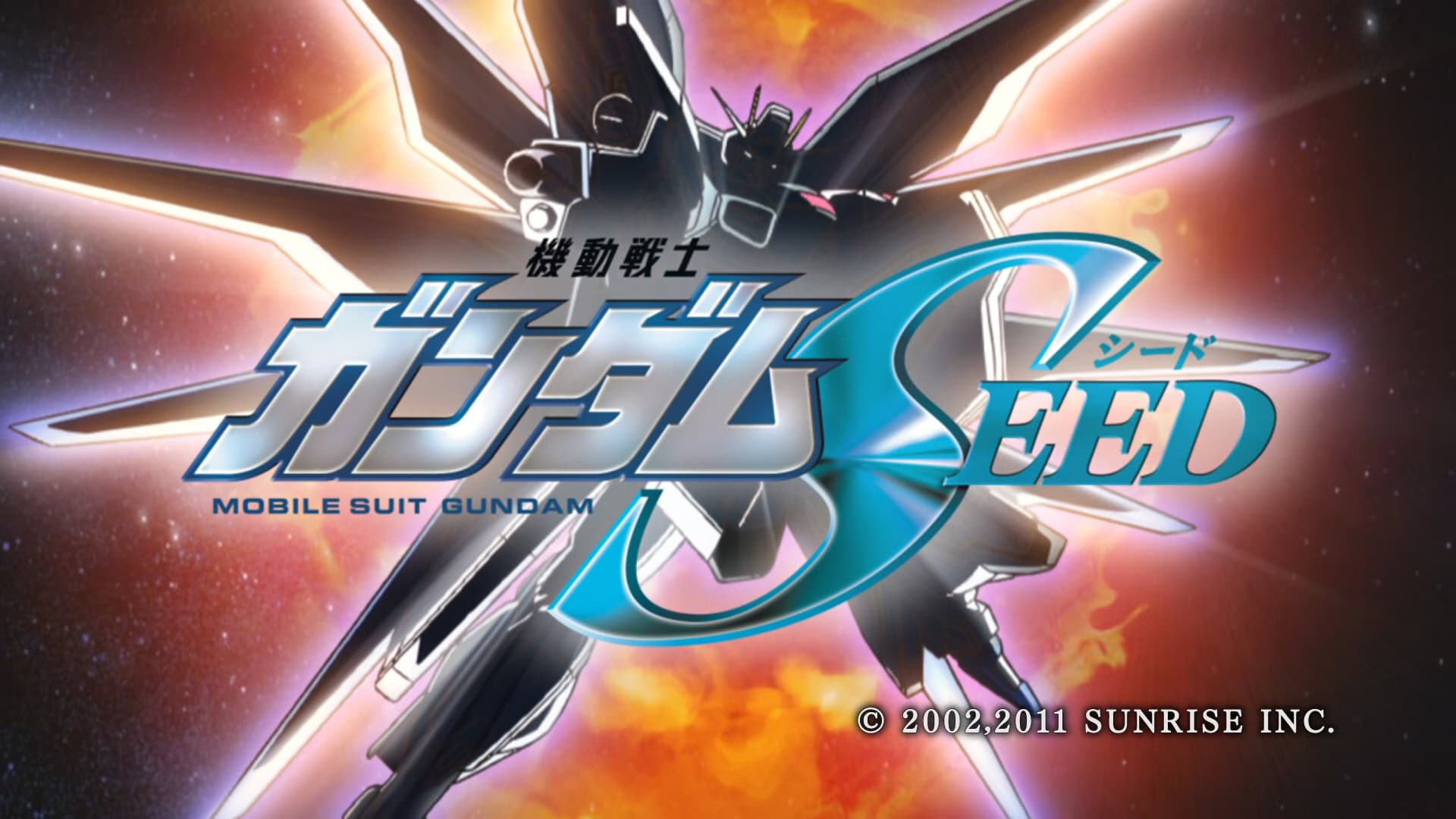
A new Gundam for a new era. Gundam Seed is one of the most popular modern Gundam series that has fans all around the world. And it also received much love from Sunrise as well.

A love letter to commemorate the pioneer of the Mecha genre, Mazinger Z Infinity remind us of the conviction and justice that the Iron Castle had, is, and will stand for.
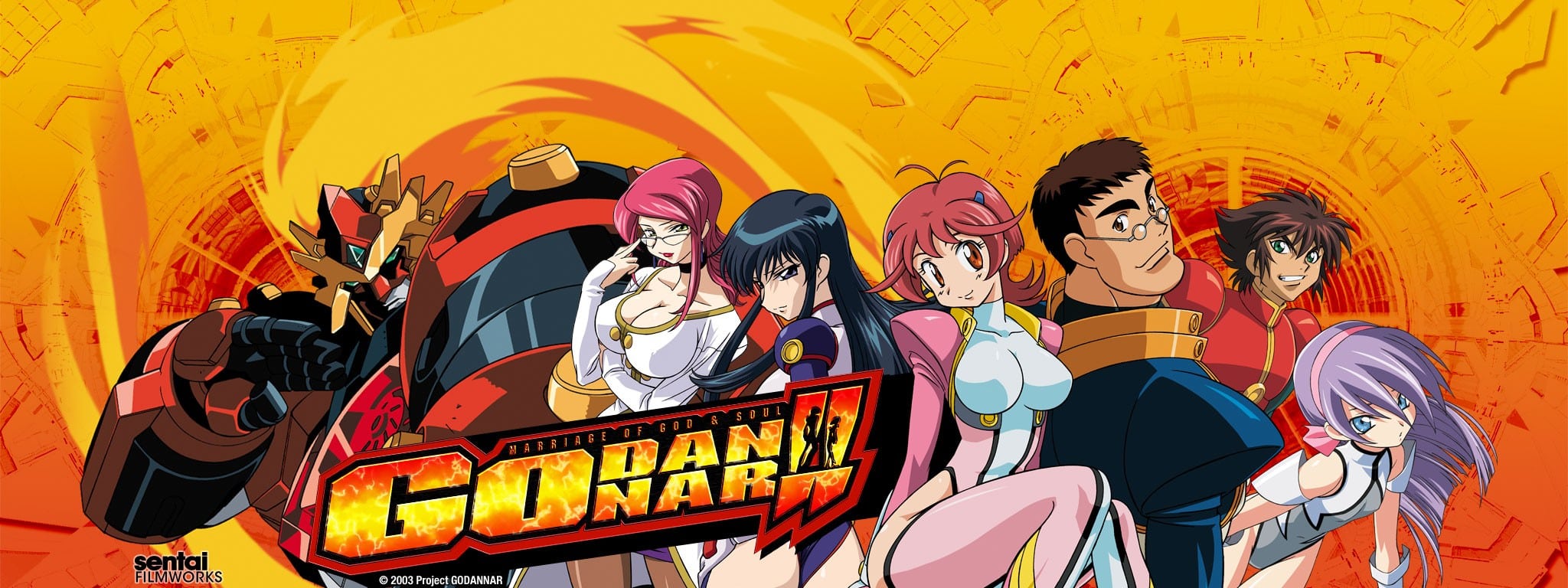
A badass and action-packed super robot series with an age-gap marriage between the two main characters. A hearth-throbbing and passionate tale about love and perseverance.

A new story of the boy who awoken a machine. Casshern Sins follow a conflicting young man in a world where life seems meaningless, yet everyone yearn for it anyway.

Just when things have calmed down, the Gear Users once again face an apocalyptic threat from a mysterious high order. This put Hibiki and her friends at risk once more.

New threats emerged to threaten the world. But new allies also appear to bring the Gear’s songs to a new level. A new battle await the girls!

Mahou Shoujo x Tokusatsu combined with plenty of mecha references, Symphogear bring us an audio and visual experience that is just the beginning. of a great franchise.
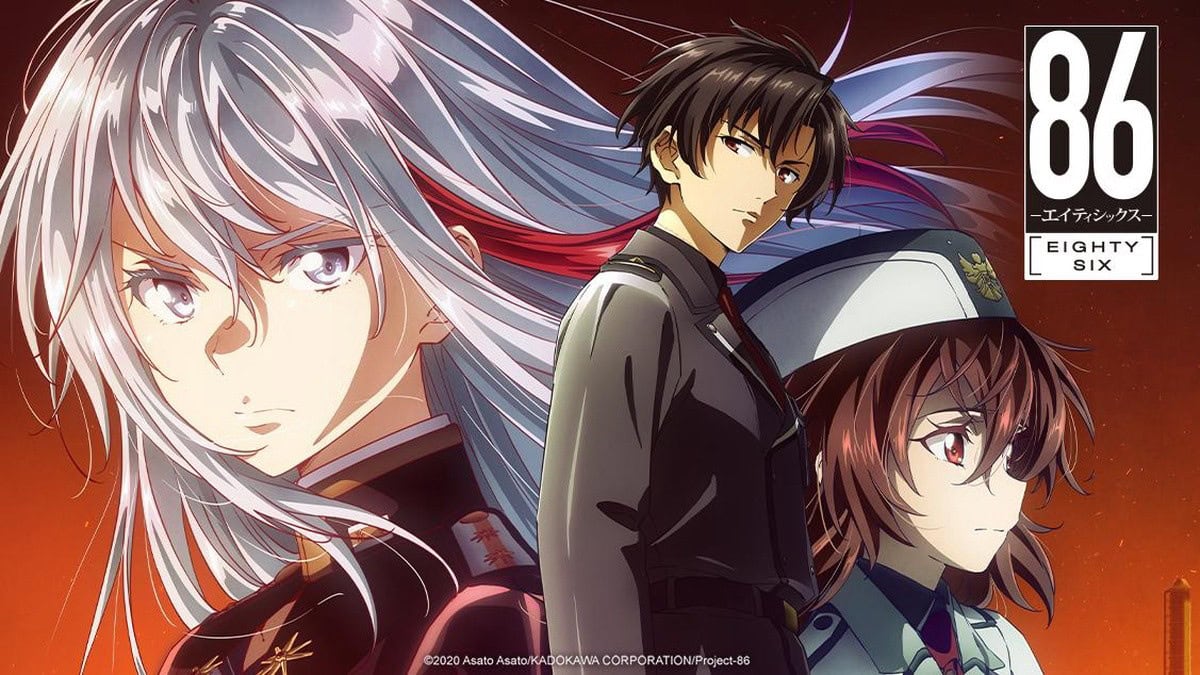
A new nation, a new story, a new battlefield. The reborn Eighty Six must choose between a life of peace or death. Will the Reaper be able to move on?

The depressing, gripping yet hopeful world of Eighty Six brought to life with A-1’s adaptation. The vision of Asato receives a depiction so emotional like no others.

A fun dogfight experience with some mecha combat thrown into the mix, Strike Suit Zero scratches some of that Macross action game that PC gamer has been wanting.

With his life completely smashed apart and turned upside down, teenage boy Ayato had to navigate a new world while being the key to control the winged giant RahXephon.
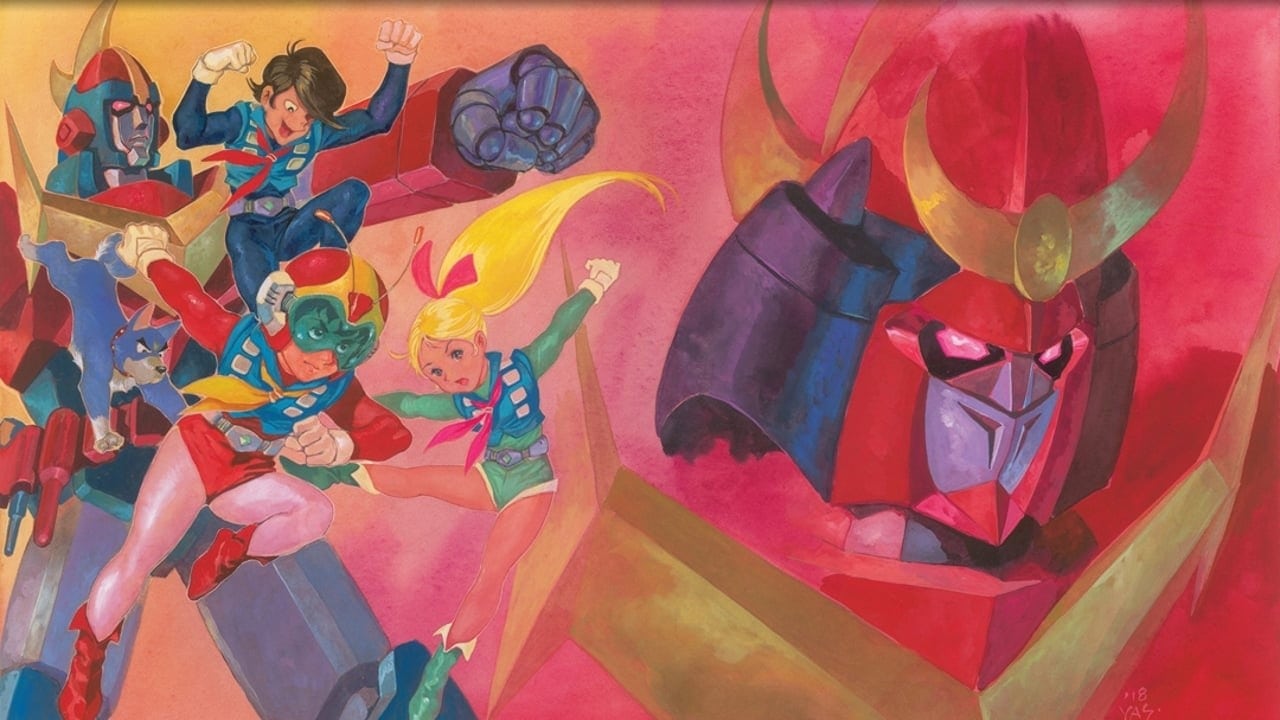
Not just your usual 70s Super Robot, Zambot 3 is more than just a battle between good and evil, but also about endurance, perseverance and the unyielding heart to do what’s right.

Expanding upon the original work of Yokoyama-sensei, GR: The Day The Earth Stood Still introduces a world where the supernatural and super-technology co-exist. And in the midst of that is a Giant Robo.

If you fancy beautiful girls cladded in sleek power armor fighting cyborg crimes, then Bubblegum Crisis is the choice for you, with amazing 90s cyberpunk dystopia atmosphere!

The Cyber Beast Force may have disbanded, but their burning hearts are still raging. Dancouga combines once again to fight an unexpected enemy. Is it human, or something else much more sinister?

Suit up! It’s time for some Oni hunting! An anime tribute to the Tokusatsu genre, Shikizakura show us the power of hope, willpower and compassion to overcome any darkness.

The bullet-train robot is back! Two young kids take on a new threat to protect the world. Shinkalion Z takes off after its predecessor and set itself apart from other Takara series.

A song that rings during the apocalypse. Vivy is a bold idea involving a century of fighting and yearning. Vivy will bring your visual and auditory sense to the max!

What is a true Ally of Justice? What kind of “Heroism” is worth fighting for? Linebarrels of Iron is a manga that you won’t be able to put down!

Hot-blood, explosive and FIRE! S-CRY-ed tells a badass yet emotional adventure of two youths on their way to unravel the truth of a world changed forever.
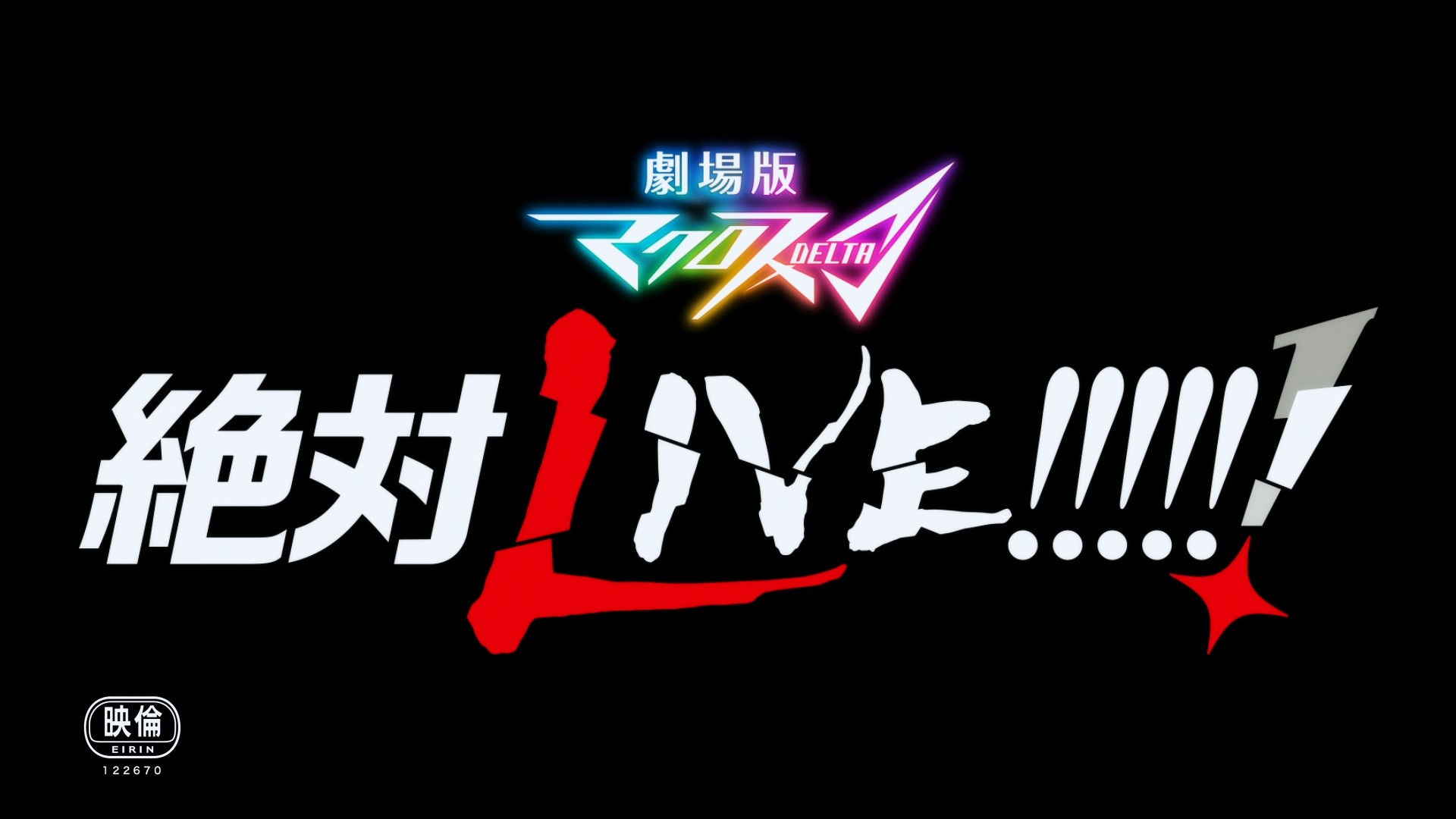
Absolute music, Absolute animation, and…Absolute LIVE! Macross Delta Zettai Live brought the emotional climax of Hayate and Freyja story to a breathtaking conclusion.

A hidden gem of a steam-punk mecha anime. Gad Guard literally start from a hidden “gem”. If you fancy some noir mecha x vigilante style with awesome OST, this is the series for you.

A man who lost everything decided to throw away himself for revenge. A mysterious threat from space with an unthinkable objective. Experience the masterful visual of Argento Soma.

An alternate and expansion of the famous “Doan’s Island” of Gundam 0079, Cucuruz Doan’s Island focus on the characters that further show us the cruelty of war.

The finale of the Sidonia no Kishi animated saga. Ai no Tsumugu Hoshi gives us the climax of the Gauna War and conclude the story between Tanikaze and Tsumugi.

An alternate version of the tv series – Macross Delta Passionate Walkure condense the action, music and plot into one movie to setup for entirely new events.
